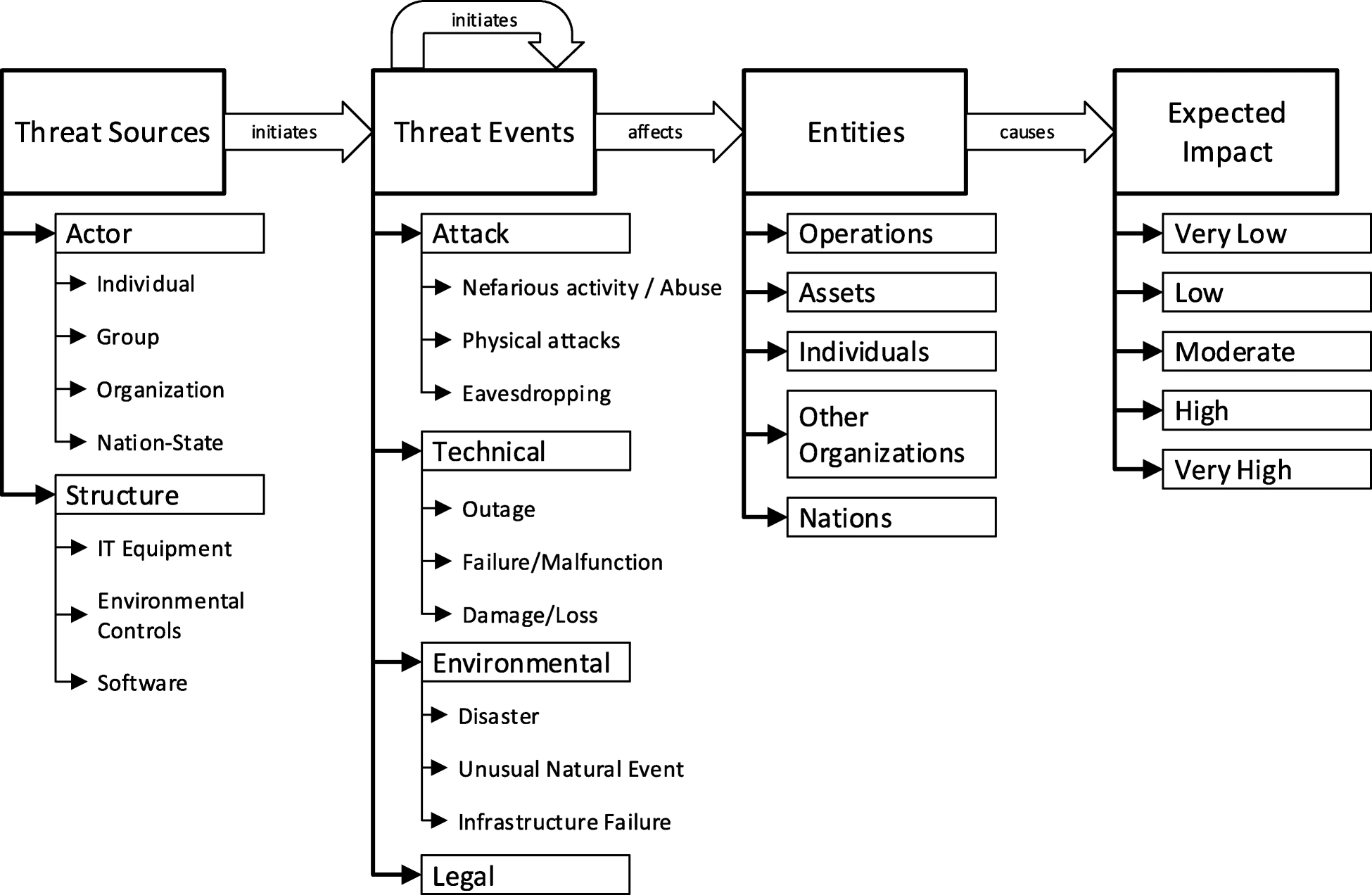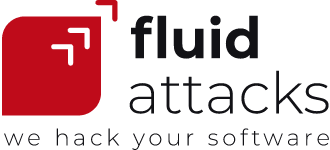| 4 min read
You may have already heard that humans are the weakest link in corporate information security. It is difficult to convince you otherwise when there is strong evidence for this claim. To name a few examples, only 51% of respondents of an international survey conducted last year knew that they should treat any unsolicited email with caution, 55% knew that an email can appear to come from someone other than the true sender and 58% knew that attachments can be infected with dangerous software. Also, 34% of U.S. respondents reported they believe emails with familiar logos are safe. Furthermore, users can be easily manipulable through a set of weapons of influence used by social engineers, who collect sensitive data and plan to infect devices with malware. Likewise, researchers have identified a list of human errors, referred to as the "dirty dozen," which could lead to security risks: group norms, complacency, distraction, fatigue, pressure, stress, as well as lack of communication, knowledge, teamwork, resources, assertiveness and awareness.
Although there may be complex causes of human error, such as the work environment and individual differences, most of the attention has been paid to security awareness. The latter is such a huge deal that employee training is one of the security controls that show companies care about cybersecurity. Also, training and education have been suggested as preventive measures against phishing and ransomware. A Ponemon research, conducted in the U.S. with 591 IT and IT security practitioners from organizations (44% of which have 1,000 or more employees), calculated that the average cost of phishing is almost $15M annually. Respondents estimated that this cost can be reduced by an average of more than half if training is conducted.
On the verge of closing this Cybersecurity Awareness Month, we would like to explain how employees may be the strongest link for early detection of attacks that involve deception. Authors Vielberth, Menges and Pernul describe the human-as-a-security-sensor paradigm, which shows how employees can detect anomalies and potential risks, and further show how to integrate human reports in technical security systems. Here, we will only focus on the former.
What is human-as-a-security-sensor?
The human-as-a-security-sensor paradigm leverages the ability of human users to act as sensors that can detect and report information security threats. The utility of this paradigm is illustrated by Vielberth et al. by means of a real-world example. Figure 1 shows a simplification of the steps followed by several cybersecurity incidents that go by the name of DarkVishnya. In these events, investigated by Kaspersky Lab between 2017 and 2018, attackers physically entered organizations, claiming to be a person with a legitimate interest (e.g., being an applicant). Then, they placed network devices unobtrusively and connected them to the local network infrastructure. After leaving the physical premises, attackers accessed their devices by utilizing standard mobile technologies. They scanned for open resources like shared folders, servers or other systems that execute critical actions. Finally, they used their gained access to install malware.

Figure 1. How a human sensor could have detected earlier attack steps. Source: media.springernature.com.
Vielberth et al. note that "the first three steps are nearly impossible to detect with technical security systems […] as neither the attacker entering the building, nor the placing of a hardware device leave any digital traces." The first two, however, may be seen by employees. Here is where they become the strongest link. Granted they are already previously trained, employees can identify a new person in the building and describe their appearance and suspicious actions, or they may be able to detect a new device. Of course, there is a limit to what employees may be able to report.
What can employees as human sensors detect?
In Vielberth et al.'s model, human sensors can detect threat sources, threat events, affected entities and estimate expected impact. These risk factors, depicted in Figure 2, are based mainly on most of those described in the NIST Guide for Conducting Risk Assessments. Following the authors' model, threat events are the mandatory elements to report any anomaly. Threat events can be intentional, like an attack, or unintentional, like technical, environmental or legal incidents. Even though the initiation of a threat event may be attributed to a threat source, the cause may also be a previous event. It is also possible that at that moment nothing has been affected, or at least the affected entities are not known yet and neither is the impact.

Figure 2. Taxonomy of risk factors inspired by the NIST Guide. Source: media.springernature.com.
An employee may provide intelligence about physical access of outsiders, suspicious emails or calls, which may involve identity spoofing (i.e., someone assuming the identity of some other entity) and information elicitation, content modification (e.g., changes to the source file of a webpage), or even physical damage of organizational facilities from outsiders or insiders.
Employees can also make a relevant contribution to attribution by identifying threat sources, like privileged insiders, competitors, suppliers or nations that could be potential attackers. A threat may also be legal in nature if information sharing policies in place do not effectively safeguard sensitive information. Further, sources need not involve humans, so employees may inform of events like failures of equipment or software due to aging.
It is also possible for an employee to report or predict the affected entities. Threat events can do potential harm to organizational operations and relevant assets. Moreover, they could damage an organization's reputation or result in substantial financial costs. Individuals may also be the affected ones, as is the case in identity theft. However, the affected entities may also be other organizations or even the whole nation.
Finally, the expected impact can be evaluated using the NIST Guide, which provides qualitative ratings depending on the extent and duration of the degradation in mission capability, the damage made to assets, financial loss and harm to relations. So, for example, if the resulting degradation in mission capability is such that the organization cannot perform one or more of its primary functions, if there's major damage to organizational assets, or major financial loss, or serious threat to the reputation of the company, the expected impact is indeed high.
Step up your training program!
We have covered the basics of the human-as-a-security-sensor paradigm. You may be interested in integrating employees' reports into existing security analytics solutions. If that is the case, check out Vielberth et al.'s paper. Anyway, remember: The reports may only be as good as your event reporting plan, your risk management plan and your training program. They need to cover the broader social engineering threat landscape. It is also advised to go "beyond the phish" by considering risks (e.g., insider threats), physical security measures and best practices for remote working.
Even though some experts argue that user error will always be a thing, it doesn't hurt to raise security awareness and promote better quality and quantity of user reports. After all, your employees are your closest security allies.
Recommended blog posts
You might be interested in the following related posts.











